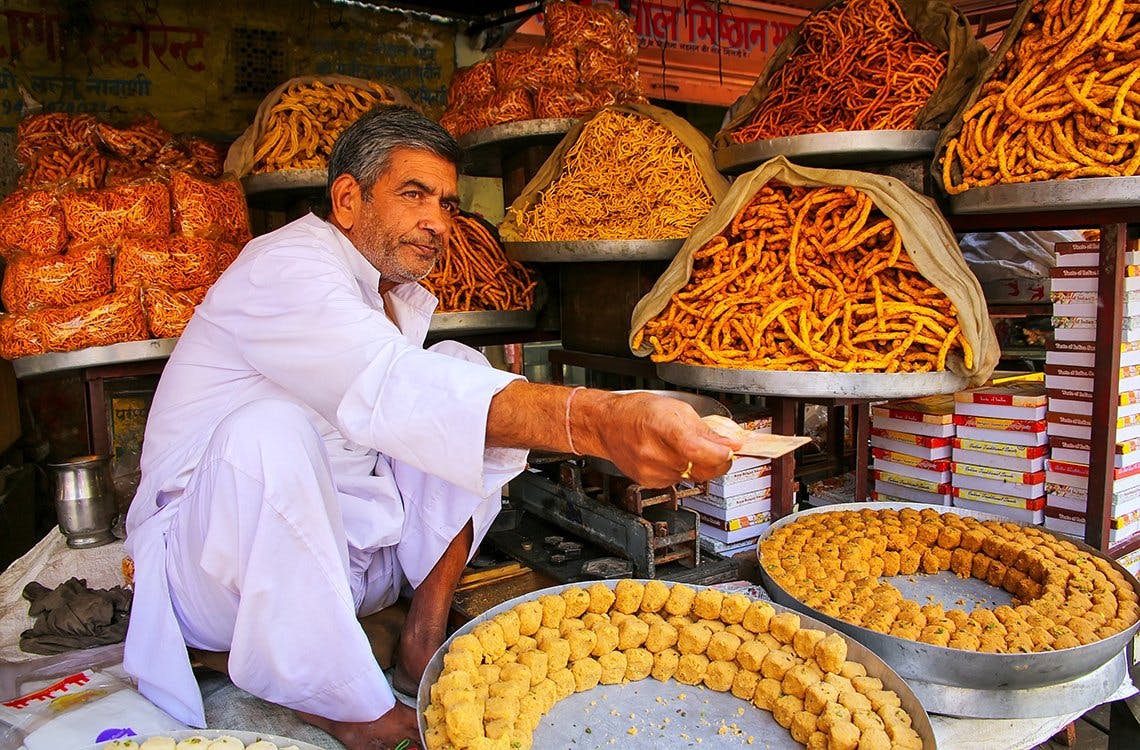
India Remains a Cash-driven Economy
The majority of India’s population prefers using cash for payments and their reasons for choosing it are diverse.
India Today reports that, despite heavy promotion of cashless options in recent years, banknotes and coins remain the number one way to make and receive payments. Citing a survey of over 6,000 people conducted by the Reserve Bank of India, it says around 54 percent of consumers choose cash over other options.
For some, receiving money digitally lacks the satisfaction of cash payments. India Today spoke with the 33-year-old owner of a small bakery, Vini, who provides bespoke cakes for parties and special occasions. The joy of receiving cash upon delivery of her work is the main reason she prefers it to cashless alternatives.
I work really hard for even the smallest of my orders and the cash that comes into my hand after the delivery is like the reward for my effort. You touch the money and are reminded of all the time and effort you’ve put in.
For others, the immediacy and convenience of cash—especially for small amounts—is important to their business. Ravi, aged 34, is an e-rickshaw operator who often has customers only travelling a short distance. He feels it would be too much effort to conduct low-value transactions digitally, and notes it would add extra effort for him having to go to an ATM to withdraw the money as cash.
With the ratio of cash in circulation as a percentage of the nation’s GDP reaching a record high of 14.5 percent in the 2020–2021 fiscal year, it’s evident that across India—alongside the rise of digital payments—cash continues to play a key role in the economy.
